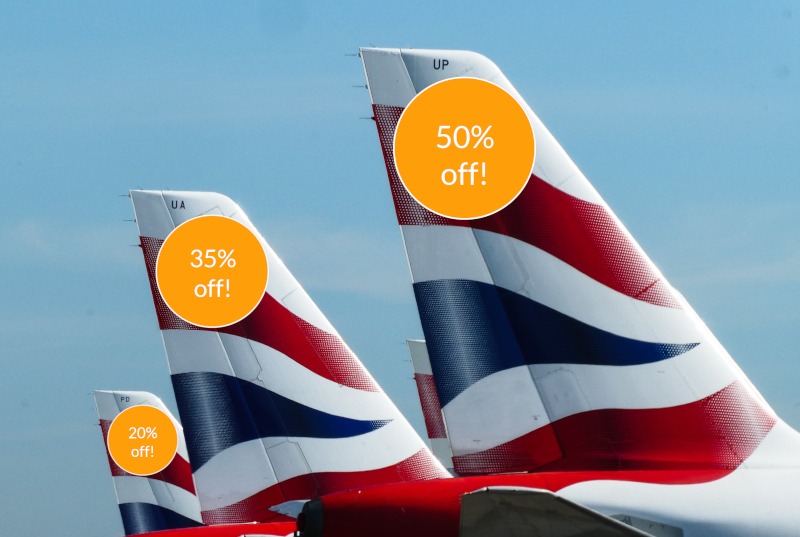
A guide to travelling with pets
- How To
Share this


Share Links
Check out this travel tip from Jack`s Flight Club
https://jacksflightclub.com/travel-hub/undefined
 Copy link to post
Copy link to post Email
Email WhatsApp
WhatsApp Facebook
Facebook Twitter
Twitter

About the author, Jack Sheldon: Jack Sheldon is founder and top cheap flights nerd at Jack's Flight Club. Having travelled to 56 countries to date, he currently lives in Barcelona, Spain. Jack also writes about cheap flights for the Independent.






